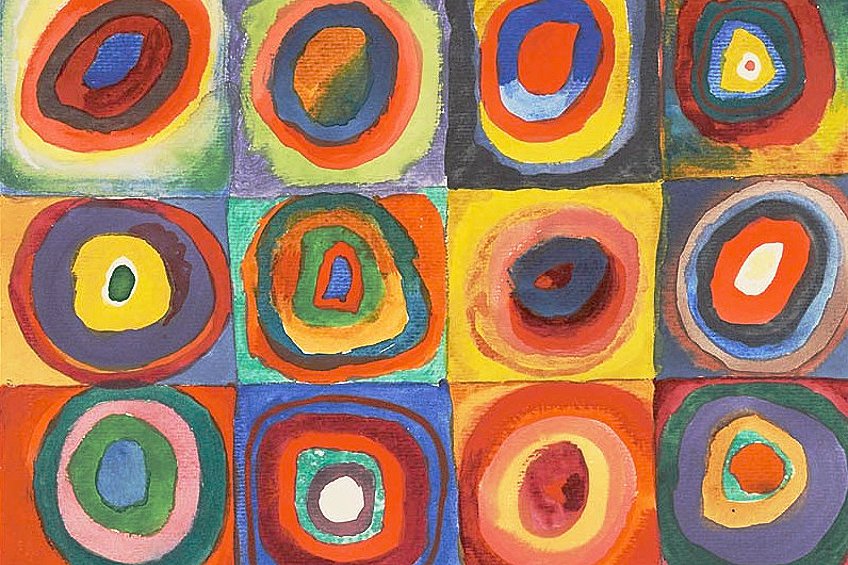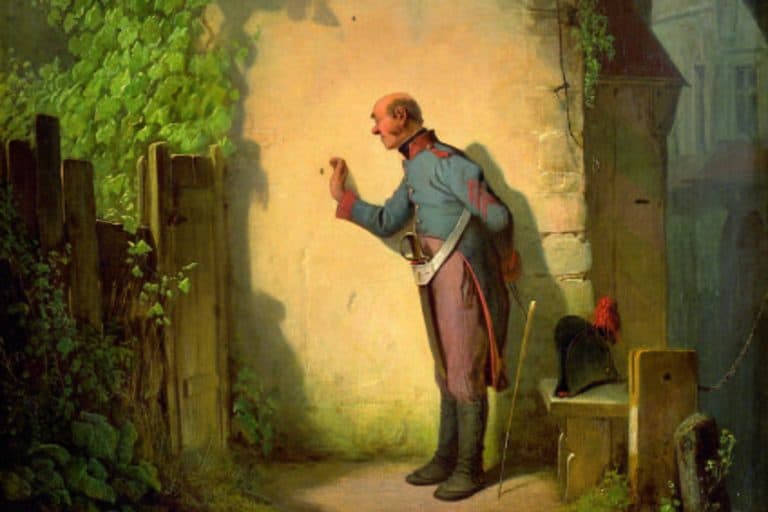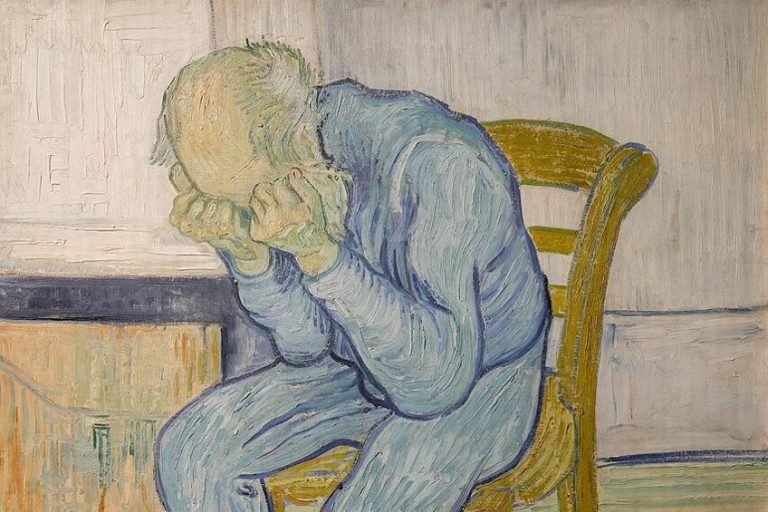Wassily Kandinsky Facts – The Father of Abstract Art
Wassily Kandinsky, a pioneer of abstract art, captivated the art world with his revolutionary approach to color and form. Born in Russia in 1866, Kandinsky’s journey from a law professor to a groundbreaking artist is filled with intriguing anecdotes and remarkable achievements. Delving into his fascinating life unveils not only his artistic genius but also his deep spiritual connections and innovative techniques that continue to inspire generations of artists worldwide.
Table of Contents
- 1 Influence of Wassily Kandinsky
- 2 10 Interesting Facts About Wassily Kandinsky
- 2.1 He Became an Artist at the Age of 30
- 2.2 Kandinsky Was First a Lawyer
- 2.3 Monet Inspired Kandinsky to Become a Painter
- 2.4 He Had the Gift of Synesthesia
- 2.5 Kandinsky Opened His Own School in 1902: It Was Open to Women
- 2.6 He Was Friends With Marcel Duchamp
- 2.7 Kandinsky Never Went to the United States
- 2.8 Kandinsky Co-Founded The Blue Rider
- 2.9 He Was an Extreme Idealist
- 2.10 Kandinsky Is Considered the Father of Abstract Art
- 3 Frequently Asked Questions
Influence of Wassily Kandinsky
Wassily Kandinsky’s influence on the art world is profound and far-reaching, shaping the course of modern art and paving the way for abstract expressionism. His groundbreaking theories on color, form, and composition revolutionized artistic practices, inspiring artists to explore new realms of creativity.
Kandinsky’s emphasis on the spiritual and emotional aspects of art encouraged a deeper connection between artists and their work, challenging traditional representational methods and leading to the emergence of non-objective art forms.
Moreover, Kandinsky’s role as a co-founder of The Blue Rider group alongside Franz Marc solidified his influence on the Expressionist movement, highlighting his commitment to pushing artistic boundaries and promoting individual expression. His legacy continues to resonate in contemporary art, inspiring artists to push the limits of abstraction and embrace the power of art as a medium for personal and universal expression.
10 Interesting Facts About Wassily Kandinsky
Exploring the life and work of Wassily Kandinsky unveils a rich tapestry of creativity, innovation, and artistic vision. In this section, we delve into 10 fascinating facts about Kandinsky, shedding light on the man behind the masterpieces. From his unconventional path to becoming an artist to his profound influence on abstract art, each fact offers a glimpse into Kandinsky’s unique perspective and contributions to the art world. Join us on a journey of discovery as we unravel the intriguing facets of one of the 20th century’s most influential artists.
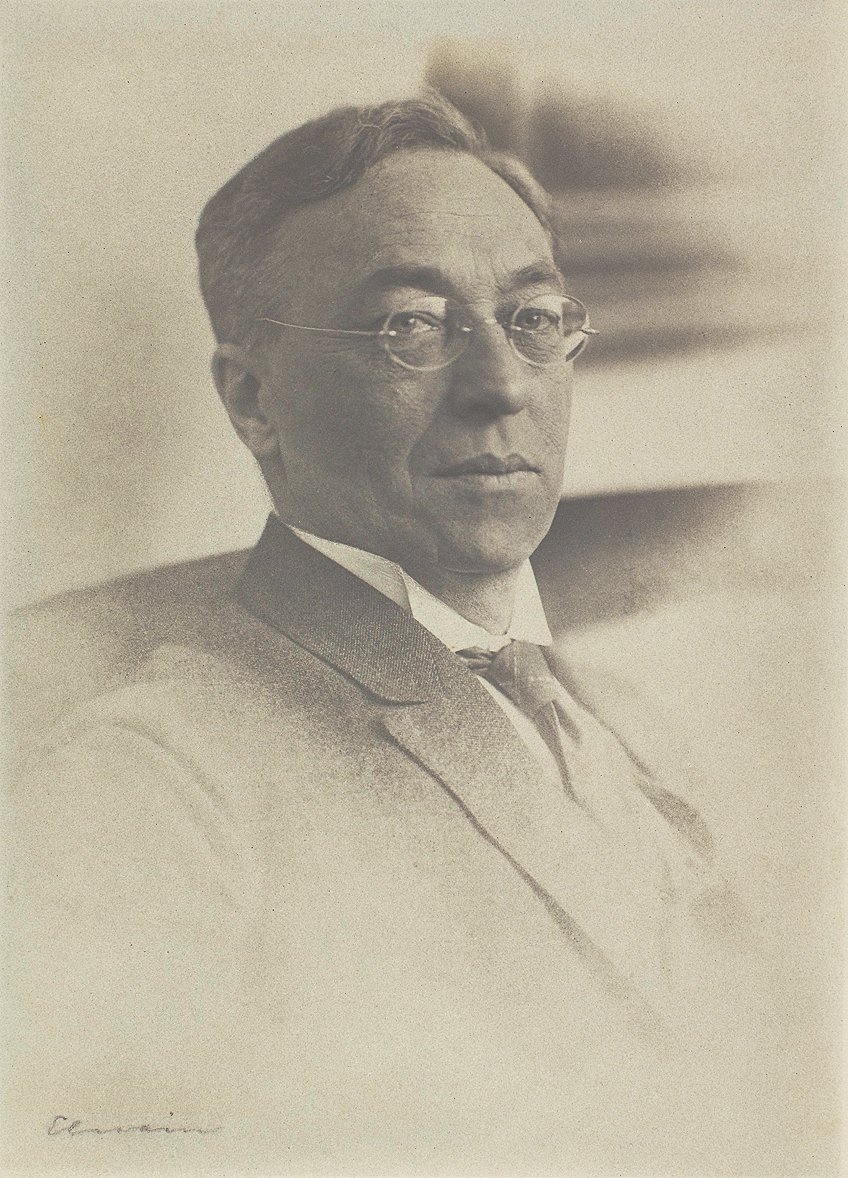
He Became an Artist at the Age of 30
Wassily Kandinsky embarked on his artistic career at the age of 30, transitioning from a successful law profession to pursue his passion for painting.
This pivotal decision marked a turning point in his life, leading to his pioneering contributions to abstract art and color theory.
Kandinsky Was First a Lawyer
Before delving into the world of art, Kandinsky excelled as a lawyer, demonstrating his intellectual rigor and discipline in legal matters. His background in law provided him with a unique perspective that influenced his approach to art and contributed to his analytical and methodical artistic style.
Monet Inspired Kandinsky to Become a Painter
Claude Monet’s impressionist works left a lasting impact on Kandinsky, inspiring him to explore new artistic horizons and develop his own distinctive style. Monet’s use of light, color, and brushstrokes resonated deeply with Kandinsky, fueling his passion for painting and pushing him to experiment with abstraction and non-representational art forms.
This influence from Monet played a crucial role in shaping Kandinsky’s artistic vision and laying the groundwork for his innovative contributions to the art world.
He Had the Gift of Synesthesia
Wassily Kandinsky’s unique gift of synesthesia allowed him to experience colors as sounds, shapes, and emotions, shaping his innovative approach to art. This sensory condition deeply influenced his color theories and artistic compositions, leading to the development of abstract art as a means of expressing inner emotions and spiritual connections.

Kandinsky Opened His Own School in 1902: It Was Open to Women
In 1902, Kandinsky established his own art school, the Phalanx School of Painting, which embraced progressive ideas and was notably open to women artists.
This inclusive approach challenged traditional gender roles in the art world, fostering a diverse and vibrant creative community that welcomed artists of all backgrounds.
He Was Friends With Marcel Duchamp
Kandinsky’s friendship with Marcel Duchamp, a prominent figure in the Dada and Surrealist movements, marked an important connection between two influential artists of the 20th century. Their artistic exchanges and collaborations contributed to the evolution of modern art and the exploration of new concepts and techniques, showcasing the dynamic spirit of artistic innovation during their time.

Kandinsky Never Went to the United States
Wassily Kandinsky never visited the United States during his lifetime, despite his significant impact on the global art scene.
His absence from the U.S. did not diminish his influence, as his innovative artworks and theories reached artists and art enthusiasts worldwide.
Kandinsky Co-Founded The Blue Rider
Kandinsky co-founded The Blue Rider group along with Franz Marc, a movement that played a pivotal role in the development of Expressionism and abstract art. This artistic collaboration emphasized spiritual and emotional expression in art, leading to groundbreaking works that challenged traditional artistic norms.
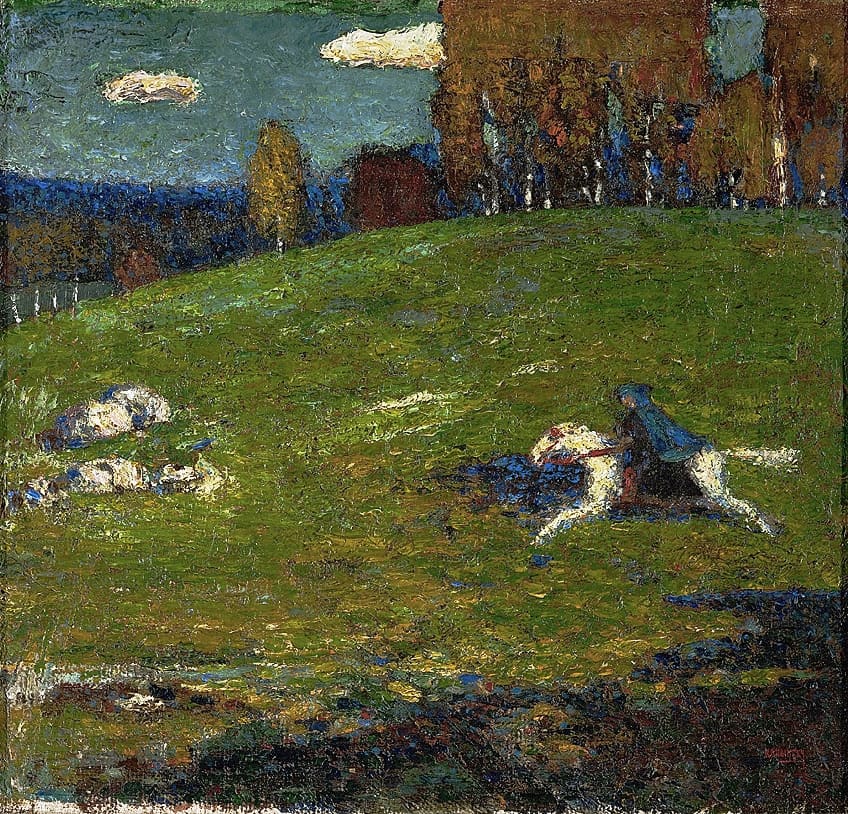
He Was an Extreme Idealist
As an extreme idealist, Kandinsky believed fervently in the transformative power of art and its ability to evoke profound emotions and spiritual connections.
His idealism fueled his exploration of abstract art as a means of transcending physical reality and expressing inner truths.
Kandinsky Is Considered the Father of Abstract Art
Widely regarded as the Father of Abstract Art, Kandinsky’s pioneering efforts revolutionized the art world by introducing non-representational forms of art that focused on pure expression and aesthetic principles. His theories and artworks continue to inspire generations of artists, solidifying his legacy as one of the most influential figures in modern art history.

Wassily Kandinsky’s legacy extends far beyond his time, leaving an indelible mark on the world of art. His pioneering spirit and avant-garde vision challenged traditional notions of representation, paving the way for abstract expressionism and modern art as we know it today. From his synesthetic experiences that inspired his use of color to his philosophical exploration of art’s spiritual dimensions, Kandinsky’s journey remains a testament to the boundless possibilities of creativity and the enduring impact of one artist’s quest to transcend the ordinary and reveal the extraordinary.
Frequently Asked Questions
What Was Kandinsky’s Artistic Style?
Kandinsky’s artistic style evolved over time, but he is best known for his abstract paintings characterized by geometric shapes, bold colors, and expressive brushwork. He believed in the spiritual and emotional power of art and aimed to evoke profound feelings and experiences through his non-representational artworks.
What Was Kandinsky’s Contribution to Art Theory?
Kandinsky made significant contributions to art theory, particularly in the realm of abstract art. He developed theories on the spiritual and psychological effects of color, advocating for the use of abstract forms to convey emotional and spiritual truths rather than literal representations.
How Did Kandinsky’s Ideas Influence Other Artists?
Kandinsky’s ideas and artistic experiments had a profound impact on numerous artists and movements, including abstract expressionism, geometric abstraction, and color field painting. His emphasis on the inner world of emotions and the spiritual aspects of art inspired artists to explore new avenues of creativity and expression.
Isabella studied at the University of Cape Town in South Africa and graduated with a Bachelor of Arts majoring in English Literature & Language and Psychology. Throughout her undergraduate years, she took Art History as an additional subject and absolutely loved it. Building on from her art history knowledge that began in high school, art has always been a particular area of fascination for her. From learning about artworks previously unknown to her, or sharpening her existing understanding of specific works, the ability to continue learning within this interesting sphere excites her greatly.
Her focal points of interest in art history encompass profiling specific artists and art movements, as it is these areas where she is able to really dig deep into the rich narrative of the art world. Additionally, she particularly enjoys exploring the different artistic styles of the 20th century, as well as the important impact that female artists have had on the development of art history.
Learn more about Isabella Meyer and the Art in Context Team.
Cite this Article
Isabella, Meyer, “Wassily Kandinsky Facts – The Father of Abstract Art.” Art in Context. March 25, 2024. URL: https://artincontext.org/wassily-kandinsky-facts/
Meyer, I. (2024, 25 March). Wassily Kandinsky Facts – The Father of Abstract Art. Art in Context. https://artincontext.org/wassily-kandinsky-facts/
Meyer, Isabella. “Wassily Kandinsky Facts – The Father of Abstract Art.” Art in Context, March 25, 2024. https://artincontext.org/wassily-kandinsky-facts/.


